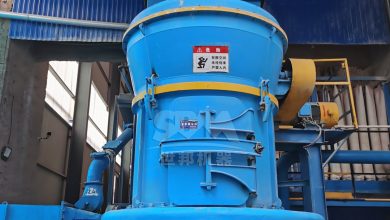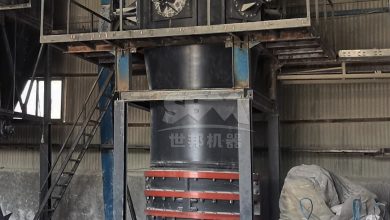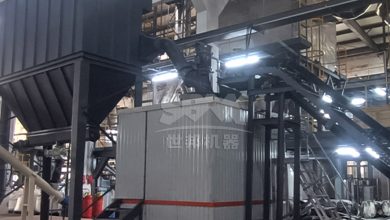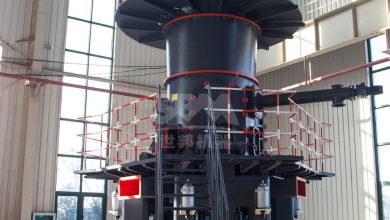Energy Recovery and Heat Utilization in Grinding Mill Systems
Energy Recovery and Heat Utilization in Grinding Mill Systems
In modern mineral processing and powder production, grinding mill systems account for a significant portion of industrial energy consumption. With growing environmental concerns and energy costs, optimizing energy recovery and heat utilization has become crucial for sustainable operations. This article explores advanced technologies and solutions for improving energy efficiency in grinding systems.
1. Energy Loss Analysis in Grinding Processes
Traditional grinding mills typically convert only 1-5% of input energy into actual size reduction, with the majority lost as:
- Heat generation from friction (60-70%)
- Mechanical vibration and noise (15-20%)
- Airflow resistance in pneumatic systems (10-15%)
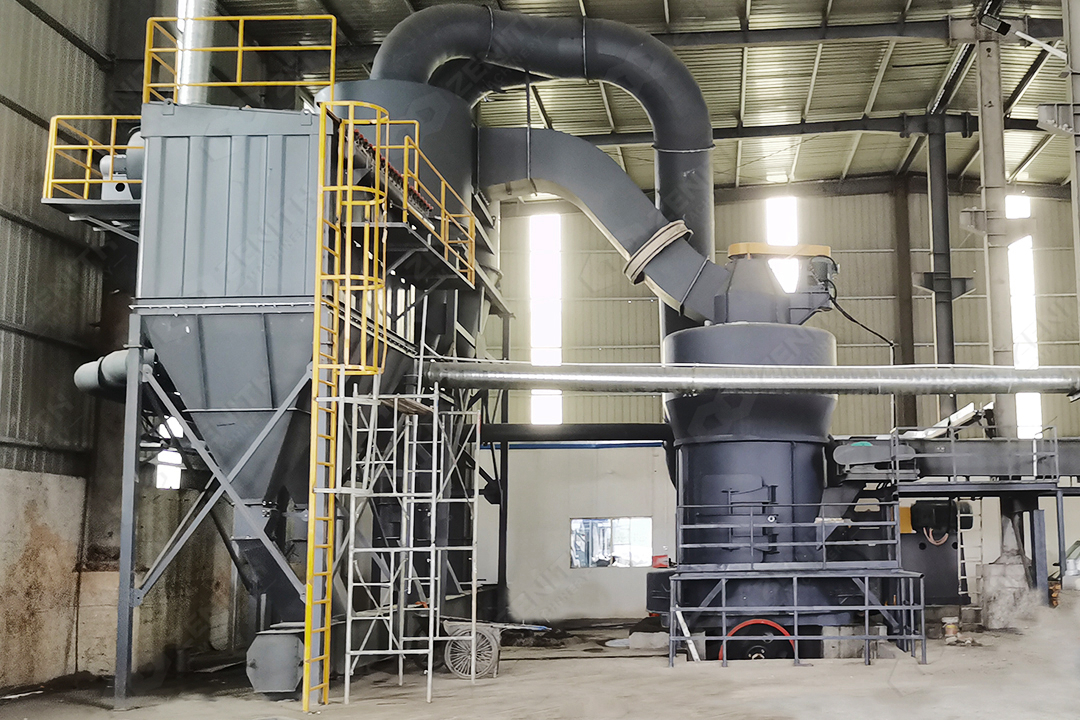
2. Advanced Heat Recovery Technologies
2.1 Closed-Circuit Grinding with Heat Exchangers
Modern systems like ZENITH’s LM Series Vertical Roller Mill integrate heat exchangers that recover up to 40% of thermal energy from exhaust gases. The recovered heat can be redirected to:
- Pre-drying of raw materials (reducing moisture content by 3-5%)
- Building heating in cold climates
- Power generation through organic Rankine cycle systems
2.2 Thermal Oil Circulation Systems
High-capacity mills now employ thermal oil circuits that:
- Maintain optimal bearing temperatures (extending service life 2-3x)
- Transfer heat to adjacent processes
- Reduce cooling water requirements by 50%
3. ZENITH’s Energy-Efficient Solutions
As a leader in grinding technology with 30+ years of experience, ZENITH offers several innovative solutions for energy recovery:
3.1 XZM Ultrafine Mill – The Efficiency Benchmark
Our XZM Ultrafine Mill series demonstrates exceptional energy performance:
- 30% lower energy consumption compared to conventional mills
- Intelligent control system automatically adjusts to optimal operating parameters
- Pulse dust collection with 99.9% efficiency reduces system resistance
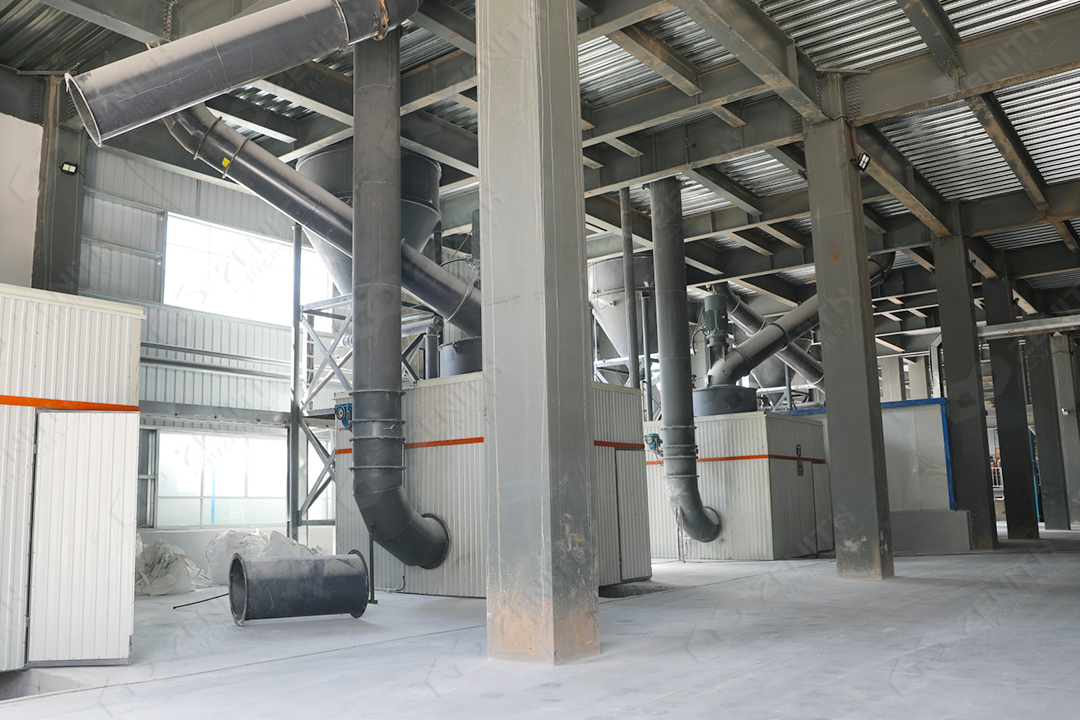
3.2 MTW Series Trapezium Mill – Heat Integration Excellence
The MTW Series features:
- Curved air duct design reducing airflow energy loss by 15-20%
- Integrated heat recovery channels in grinding chamber
- 98% efficient gear transmission minimizing mechanical losses
4. System Optimization Strategies
4.1 Smart Control Integration
Advanced PLC systems can:
- Monitor real-time energy consumption per ton of product
- Automatically adjust classifier speed based on thermal conditions
- Predict maintenance needs to prevent energy-wasting operation
4.2 Hybrid Energy Systems
Combining grinding mills with:
- Waste heat boilers for steam generation
- Thermal storage for shift operation optimization
- Renewable energy sources to supplement power needs
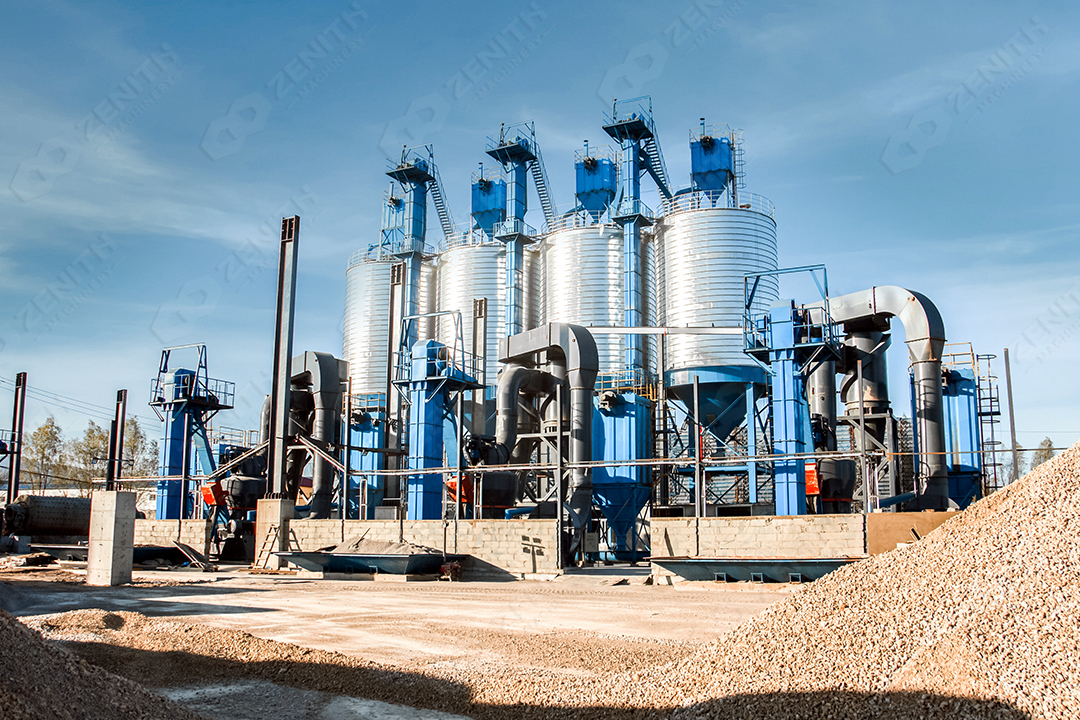
5. Case Study: Energy Savings in Cement Production
A recent installation of ZENITH’s LM Vertical Mill in a 5000t/d cement plant achieved:
- 38% reduction in specific energy consumption (from 42 to 26 kWh/t)
- Annual heat recovery equivalent to 2800 tons of standard coal
- Payback period of under 2 years through energy savings alone
6. Future Trends in Energy-Efficient Grinding
Emerging technologies include:
- AI-powered predictive energy optimization
- Advanced materials for reduced friction losses
- Modular designs allowing heat recovery at multiple stages
ZENITH continues to lead innovation in this field, with our R&D team developing next-generation mills targeting 50% energy reduction by 2025.
For operations seeking to improve energy efficiency, we recommend evaluating our XZM Ultrafine Mill for fine grinding applications or the MTW Series Trapezium Mill for medium-fine requirements. Both series incorporate our latest energy recovery technologies while maintaining superior grinding performance.


